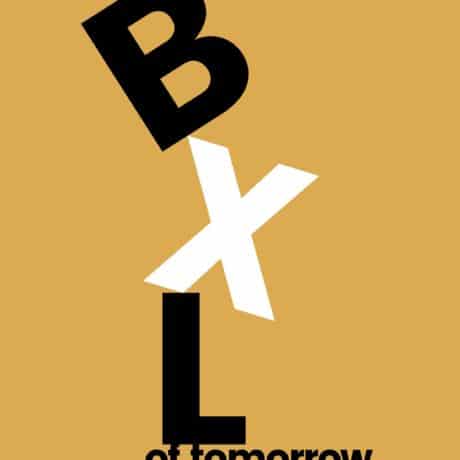
Dossier
Brussels mag N°17
back stage
TEXT Marie Honnay
Going ‘back stage’, we discovered Hoet Optiek, a family business located in the Dansaert district for more than 20 years. It is a Belgian company that cultivates an anti-conformist approach to the business of being an optician.
When you enter into the Hoet boutique on Rue Dansaert, you almost have the impression that you have been invited into a family home. The Hoet family have been working as opticians for six generations. Firstly, as an itinerant business, and then via a shop founded in Bruges in 1945. Some 20 years ago, enthused by the success of their first store, Hoet set up a shop in Brussels in the creative artists’ district. The vast area was designed entirely by Bieke, the eldest of the sixth generation of the Hoet family. She is an interior designer and designed all the furniture – the carpets with their stylized floral motifs, the lacquered chairs, the lights, the large counters, each element harking back to a reinvented past – culminating in an environment that it is not a boutique in the classic meaning of the word, nor a showroom as such. To the left of the entrance, an immense mirror sets the tone. Here, what is important is the personality of each client: and if it means that when getting closer to their client’s personality, they have to discard trendy brands and models, then so much the better! Some 30 years ago, Patrick Hoet, Bieke’s father, and his associate Wim Somers decided to launch into design. This was a way of establishing even more affirmatively their singularity and their affinity with the designers’ models that Hoet is still distributing today, in addition to the firm’s own labels. Theo, the name of their brand, is an anagram of Hoet. Orchestrated by Frederik Ghesquière and his wife Lieselotte, the second of Patrick’s three daughters, the large space at the Rue Dansaert serves as a showcase for the Theo collection, as well as for its cousins: Hoet Couture, a range entirely designed by Patrick and Cabrio which is Bieke’s collection.
Belgian counters
You simply have to glance at what is inside the large glass counters to understand that everything presented is the fruit of a long development project inspired by innovation. Being both an optician and a designer, Patrick Hoet is not a follower of trends. His goal is rather to extend the limits of what is technologically achievable. Proof of this is the Hoet Couture collection, an exclusive line in titanium with 3D laser printing: a worldwide exclusivity launched in 2013 which was 4 years in the making. “Each frame – a total of 12 models exists – is available in two tones: natural and anthracite and they are made-to-measure. Clients who wish can have them encrusted with gold or diamonds. The name of the owner can also be added on the interior surface of one of the arms just next to our logo”, added Frederik Ghesquière, showing us two small recipients: the first one full of titanium powder and the second, nylon powder, the material included in the composition of the models in the Cabrio collection made in polyamide, a material particularly adapted to 3D printing.
Multi-faceted collaboration
So saying, Hoet rejects current trends, and also the idea of mass production. Just like the image of the frames in honeycomb style in the Hoet Couture collection, the brand’s watchwords remain elegance and exclusivity. However, they do call upon talent from the outside to enhance the collections, for example, Tim Van Steenbergen. What they have in common is a sense of restraint but this does not detract from the excitement of their designs. To cite an example, when Georges Michael wore a Theo Eyewear model designed by the Belgian creator on the cover of the single True Faith, the Hoet family did not go on and on about this kind of anecdote. The family’s goal is to advance; by imagining, for example, frames that would be half marble and half carbon fibre for the Italian brand Mora Busoli. The result: unique pieces which are the natural consequence of the Hoet family’s DNA. Hidden at the back of the store, one last machine intrigues us. This machine is born from the partnership with Materialise, a pioneer in 3D printing and Hoya Vision Care, a producer of optical lenses. The idea of the Yuniku software is to scan the face of each client, then digitalize the image in order to create a frame and glasses that correspond to the client 100%. This is another step forward in this approach of made-to-measure optical products which, to a certain extent, finds its origin in part at least at number 97 Rue Dansaert.

“Here, what is important is the personality of each client. And if it means that when getting closer to our client’s personality, we have to discard trendy brands and models, then so much the better.”

Dossier
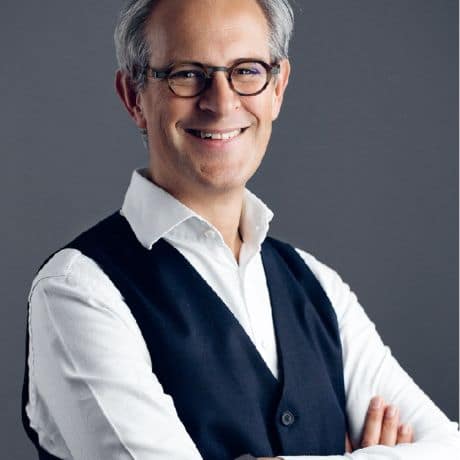
Personality
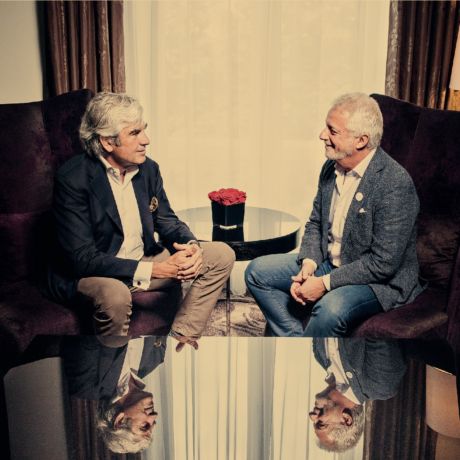
Face-à-face
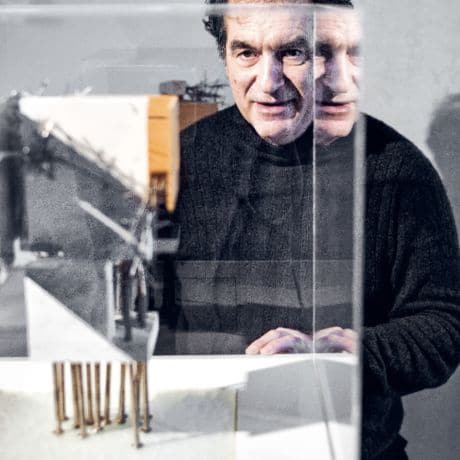
Portrait
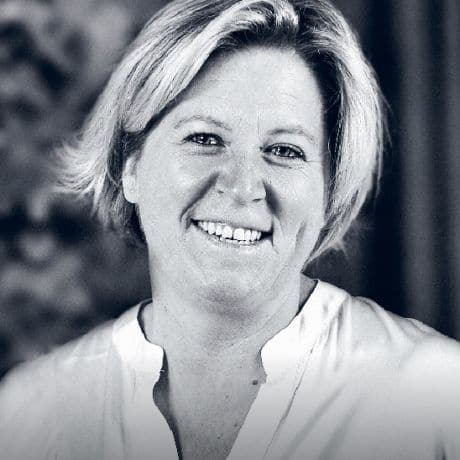
She in the plural
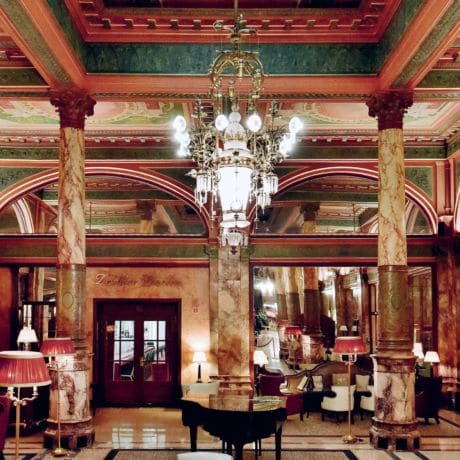
1 establishment, 3 trades

Expat
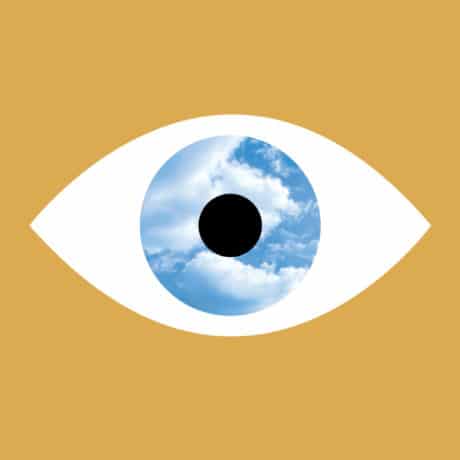
THE MOST BEAUTIFUL ONES
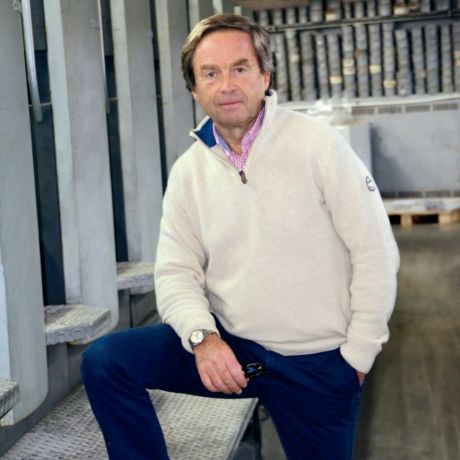
in the picture
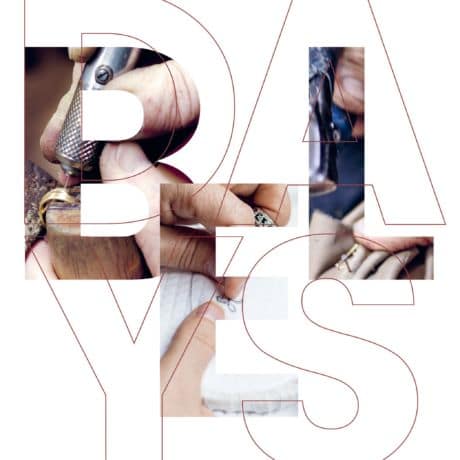
Values

Beautiful racing cars